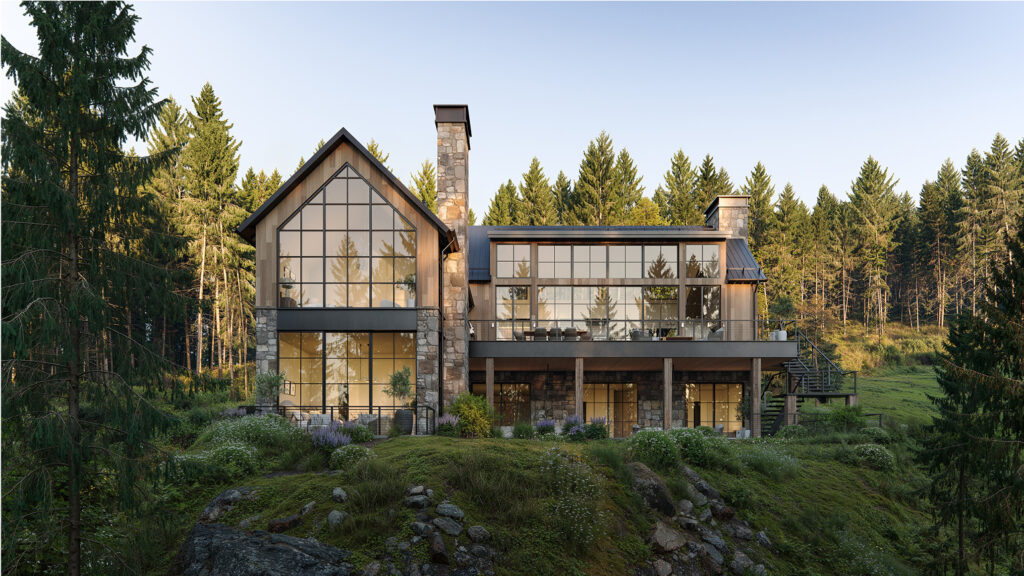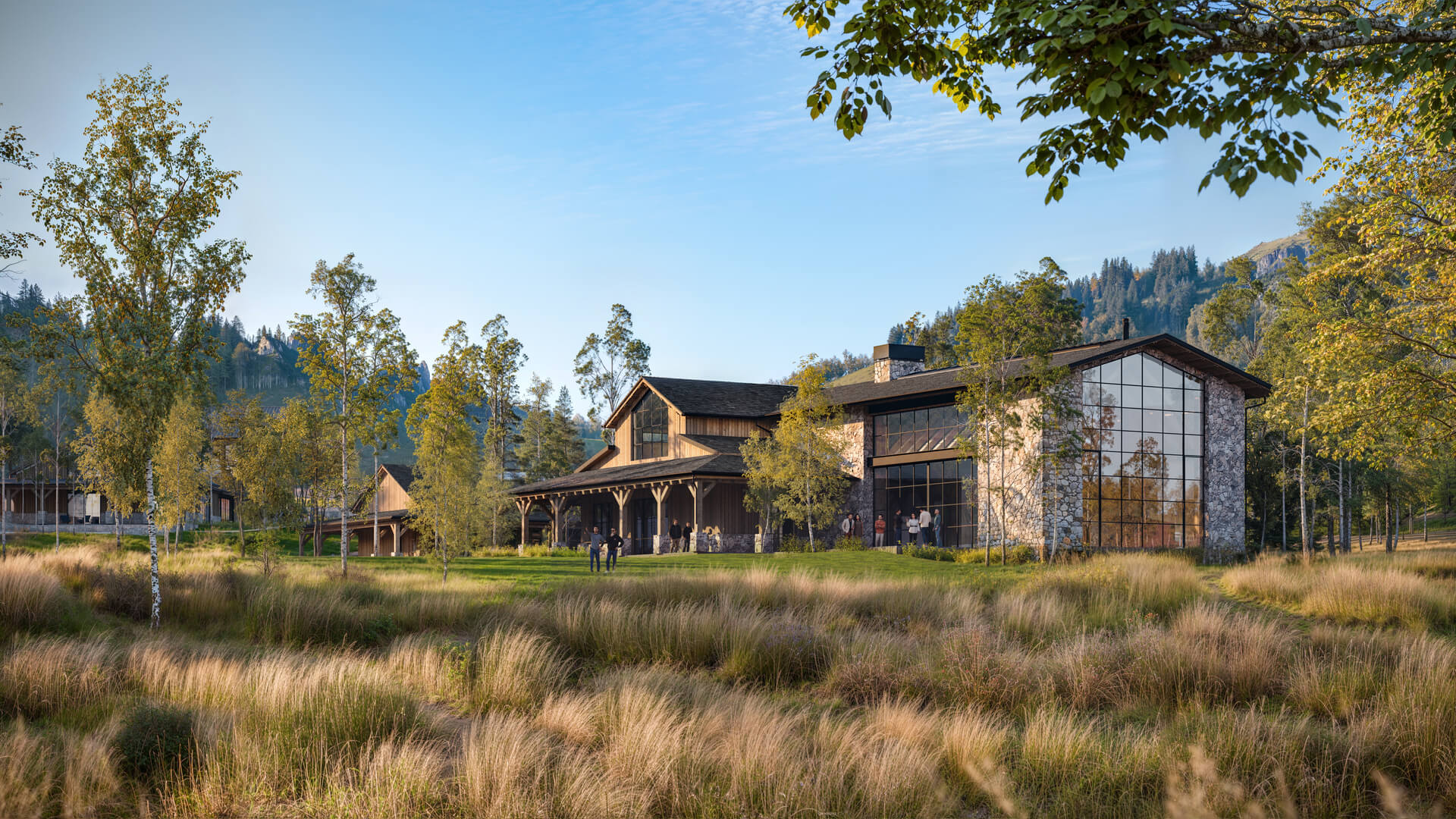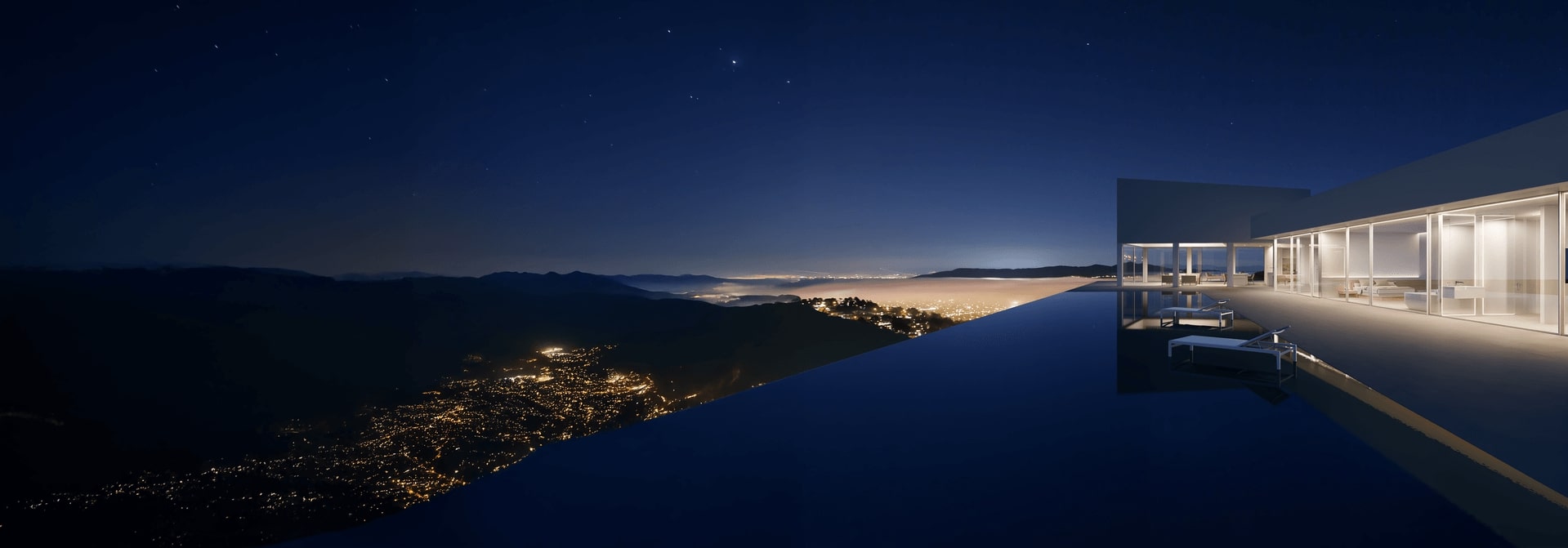Key Takeaways:
- Understanding Principles of Architectural Design: Fundamental architectural principles such as symmetry, proportion, and scale, along with spatial concepts like axis and datum, serve as the foundation for creating aesthetic and functional spaces.
- Incorporating Texture, Material, and Pattern: These aspects significantly contribute to the overall appeal and tactile quality of architectural design, enhancing the sensory experience of a space.
- Embracing Technology in Architectural Design: Modern technology, such as advanced software tools, AI, VR, and 3D printing, is transforming architectural practices, enabling creativity, improving precision, and streamlining the construction process.
- Sustainability and Repurposing in Architecture: Emphasizing sustainable design, including adaptive reuse of structures, aligns with broader environmental goals, promoting resource conservation and waste reduction, while fulfilling societal and architectural objectives.
- Balancing Old and New: The power of appropriateness in architecture involves creating a harmonious dialogue between the old and new, leading to a design narrative that respects the integrity of existing structures while introducing innovative elements.
Welcome to the world of architectural design, where principles and elements coalesce to shape the spaces we inhabit. These design tenets, from basics of architecture to intricate principles of design architecture, harmoniously work together to give birth to edifices that are not only aesthetically pleasing but also functionally efficient. This dynamic composition of architectural design principles aids architects in crafting spaces that resonate with our senses and experiences. Symmetry and contrast, among other principles and elements of design, have particularly profound impacts.

Enhancing Designs through Spatial Concepts
Spatial concepts are indispensable elements of architectural design, strengthening the underlying architecture principles. They infuse depth, meaning, and functionality to a design, augmenting its aesthetic appeal and usability.
How does forming an axis improve a design?
Forming an axis, one of the design principles, introduces a reference point in the architecture design building. It acts as a guiding line, organizing the elements of architectural design around it and inducing a sense of order and direction. The axis serves as a visual and spatial tool to enhance coherence, allowing for an intelligible and pleasurable navigation experience through the built environment.
What is the significance of datum in architecture?
Datum, another vital principle of architecture, contributes to establishing a sense of unity within the architectural composition. It ties together disparate elements, offering a visual thread that connects various aspects of the design. Whether a line, plane, or volume, the datum plays a key role in organizing space and establishing relationships among the architectural elements.
Why is proportion and scale important in architecture?
Proportion and scale, central to the architectural design principles 3 or 9, govern the relationship between the design’s parts and the whole, and between the architecture and its surroundings. Correct application of proportion and scale ensures a building appears cohesive and harmonious, both internally and in relation to its broader context. This careful orchestration of sizes and spaces is essential for crafting structures that resonate with human perception and comfort.
Embracing Texture, Material, and Pattern in Architecture
Beyond the principles elements of design and their theoretical underpinnings, architecture is an art form that engages our senses. The way we interact with architecture extends beyond sight, incorporating touch and even the sounds that echo through a space. Hence, texture, material, and pattern, as key components of architectural design principles, add another layer of richness to the spatial experience.
What is the value of pattern in architecture?
Pattern, a recurring element in design principles architecture, brings rhythm and predictability into a space. It generates visual interest and can guide movement, directing the eye or the body through the architecture building design. Patterns can echo the broader principles of architectural design, such as symmetry and balance, contributing to the harmony of the overall design.
How does texture contribute to a design?
Texture in architecture enhances the tactile quality of spaces, impacting our physical interaction with buildings. From the roughness of brick to the smoothness of polished stone, texture deepens our sensory engagement with the built environment. It’s a vital part of the basics of architecture, adding depth and nuance to architectural design principles.
How do materials impact architectural design?
Materials form the fabric of architectural reality. Their choice can significantly influence the form, function, and environmental impact of a building. Different materials carry different aesthetic, structural, and sustainable properties that shape the design and performance of the structure, reflecting the principals and elements of design. The thoughtful selection of materials is crucial to align with the intended aesthetic, functional, and sustainability outcomes of a project, breathing life into the theoretical principles of architecture.
Advanced Design Principles: Unity and Contrast
The beauty of architecture lies in its ability to harmonize different elements into a cohesive whole while still emphasizing unique aspects through contrast. These advanced principles form the backbone of any architectural design, guiding the interplay of visual elements and structural elements.
How does unity contribute to a harmonious design?
Unity, one of the fundamental principles in architectural design, is about achieving a visual balance that gives a sense of wholeness and completion. It involves the strategic arrangement of different elements to create a coherent and harmonious design. Unity can be achieved through the consistent use of design elements, such as color, texture, or form.
The principle of unity brings order to the otherwise random pattern, enhancing the visual movement through the space and creating a symmetrical balance. This unity of visual weight among the elements brings a feeling of calmness and order, essential in forming a balanced architectural design.
How is contrast utilized in architecture for emphasis?
Contrast, another cornerstone among the ordering principles, is an effective tool for introducing visual interest and emphasis into an architectural design. It works by juxtaposing different elements against each other to highlight their differences.
Contrast can be created through variations in size, color, form, or texture, essentially exploiting the inherent dissimilarities between visual elements. While unity provides a sense of comfort, contrast injects dynamism and excitement into a design. It’s the principle that breaks the symmetrical balance, punctuating the visual balance and inviting the viewer’s attention to specific parts of the design.
Used intelligently, both unity and contrast can enrich the architectural narrative, contributing to a nuanced and engaging spatial experience. They remind us that great architecture is not just about abiding by basic principles but also about pushing boundaries and exploring new possibilities.
Architectural Decision-Making Principles
The architectural decision-making process is a complex and creative endeavor that extends beyond simply following established principles. It involves balancing the symmetrical composition with contrasting elements, integrating technology, and building with an eye towards environmental impact.
Why is bending the rules sometimes beneficial in architecture?
While the seven architecture design principles provide a solid foundation, the dynamic and evolving nature of architectural design occasionally calls for bending the rules. Manipulating principles such as visual stability or asymmetrical balance can lead to innovative design outcomes.
In architecture, rules can be perceived as tools rather than restrictions, allowing for experimentation that fosters uniqueness and visual beauty. For instance, an otherwise continuous form could be disrupted to create rhythm or focus on a particular point, thus establishing a compelling visual hierarchy.
How does building for the environment enhance architectural design?
Designing with the environment in mind extends the principles encompassed in traditional architecture and adds another layer of depth to the process. Incorporating sustainable construction techniques and materials, natural lighting, and energy-efficient systems can significantly enhance the quality and value of the design. It not only reduces the environmental footprint but also creates spaces that are healthier, more comfortable, and cost-effective in the long run.
What role does technology play in modern architectural design?
In the realm of modern architectural design, technology serves as a powerful tool, transforming how architects design, visualize, and construct buildings. Advanced software and tools such as CGi enable architects to create detailed 3D models, perform complex structural simulations, and generate photorealistic renderings.
Moreover, the emergence of innovative technologies like AI, VR, and 3D printing is redefining architectural practice, from conceptualization to interior design, further enhancing the physical balance and functional efficiency of architectural spaces. Embracing technology allows architects to push the boundaries of creativity, improve precision, and streamline the construction process.
The Importance of Sketching and Repurposing in Architecture
In the intricate world of architecture, the journey from conceptualization to construction involves several crucial steps, including sketching and repurposing. These practices not only enhance the design process but also align with the architecture design principles, promoting creativity, sustainability, and innovation.
Why is sketching an essential part of the architectural process?
Sketching plays a fundamental role in the architectural process, serving as a primary tool for communication, ideation, and visualization. Sketches allow the building designer to explore different shapes, play with symmetry, whether radial or bilateral, and experiment with the balance between different elements.
Through sketching, the designer can contemplate the formal balance, the relationship of the building with the surrounding environment, and how a perfectly symmetrical design or an asymmetrical one might impact the overall aesthetic. It provides a platform to try out interesting design ideas, identify the focal point, manage visual weights, and create a unified design.
In essence, sketching helps architects visualize their concepts, experimenting with various elements and organizing them around a central point to form a harmonious and engaging exterior design.
How does repurposing structures contribute to sustainable architecture?
Repurposing or adaptive reuse of structures is an increasingly important facet of sustainable architecture. It entails giving new life to old buildings, thereby conserving resources, preserving historical elements, and reducing waste.
Incorporating existing structures into new designs requires a careful study of the building’s character, its strengths, and limitations. This approach requires a shift from the usual practice, introducing a random pattern into an otherwise similar element composition. The resulting design stands out as a harmonious blend of old and new, striking a balance between preserving the past and accommodating future needs.
In the bigger picture, repurposing serves as a potent strategy for sustainable development, aligning with broader environmental goals while still fulfilling societal and architectural objectives.
Combining Old and New: The Power of Appropriateness in Architecture
The art of architectural design extends beyond creating novel structures — it also involves giving a new lease of life to the old, creating a dialogue between past and future. This approach embodies the principle of appropriateness, an essential factor in harmonizing the other principles of architecture.
As a freelance architect, incorporating the old and new into a design necessitates a careful study of the two types of structures. The challenge lies in ensuring that the elements are arranged in a way that respects the integrity of the old while introducing the innovation of the new. This interplay of other design elements can add interest to the overall design, making it more engaging and aesthetically pleasing.
Technological advancements, including advanced design software, enable architects to conduct detailed simulations, calculate energy use, and create special visual effects that help seamlessly blend the old and new. This approach enhances the sustainability of the final product, making it not only visually appealing but also environmentally responsible.
In essence, the power of appropriateness in architecture lies in creating a cohesive design narrative that elegantly connects the dots between the old and the new, creating a beautiful tapestry of time, place, and culture.
Conclusion
The principles of architecture, along with the elements of architectural design, are the compass guiding architects towards the future. As we approach new frontiers in the architecture building design, these principles remain crucial, enabling the creation of meaningful, sustainable, and aesthetically pleasing spaces. Whether in the application of the principles and elements of design or in making conscious decisions regarding sustainability and technology, these principles of design architecture will continue to shape the buildings of tomorrow. Undoubtedly, the interplay of architectural design principles and architecture design principles will continue to define, challenge, and elevate the field, driving innovation while respecting our shared architectural heritage.
FAQ:
What is the importance of sketching in the architectural process?
Sketching is a fundamental part of the architectural process, serving as a primary tool for communication, ideation, and visualization. It allows architects to explore different shapes, experiment with balance, and contemplate the relationship of the building with the surrounding environment.
How does the principle of unity contribute to a harmonious architectural design?
Unity, a key principle in architectural design, helps achieve a visual balance that gives a sense of wholeness and completion. It is attained through the strategic arrangement of different elements to create a coherent design, enhancing visual movement through the space.
What is the role of contrast in architectural design?
Contrast, another critical principle, is used to introduce visual interest and emphasis in an architectural design. By juxtaposing different elements against each other, their differences are highlighted, injecting dynamism and excitement into the design.
Why is proportion and scale important in architectural design?
Proportion and scale govern the relationship between parts of the design and the whole, and between the architecture and its surroundings. This ensures a building appears cohesive and harmonious, both internally and in relation to its broader context.
How can Fortes Vision aid in architectural design?
Fortes Vision, as an architectural visualization studio, uses state-of-the-art technology to help architects visualize their designs in detailed 3D models and photorealistic renderings. This allows for a better understanding of how different design elements work together, as well as how the proposed structure will look in its intended environment. By enabling architects to visualize their concepts more clearly, Fortes Vision helps in achieving more accurate and efficient designs, ultimately leading to better architectural outcomes.
Your Journey | to Marketing Renders | That Bring Out | The Best in Your | Project
Read Our Whitepaper





